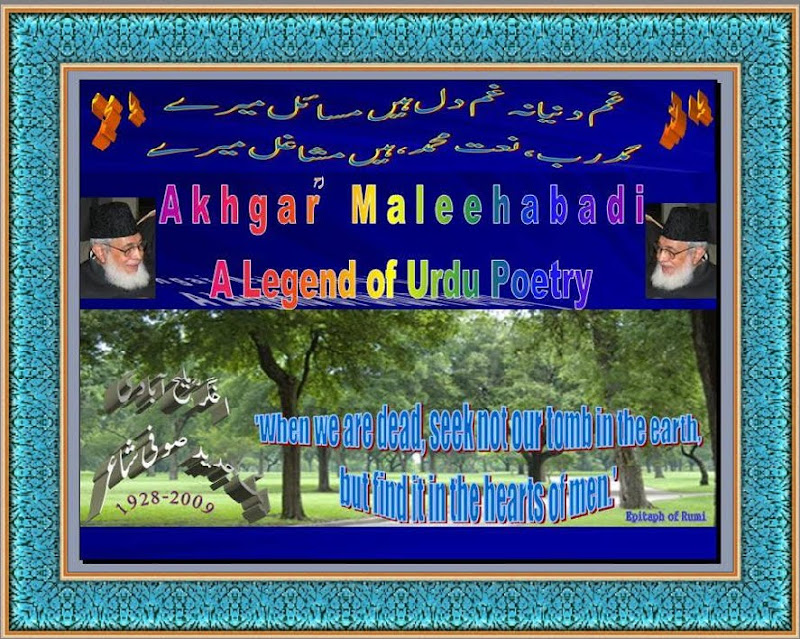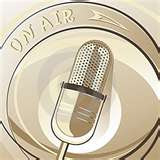African Heritage, Mesopotamian Roots, Indian Culture & British Colonialism
- Abdul Jamil Khan


Book overview
In a blow against the British Empire, Khan suggests that London deliberately set India's Hindu and Muslim populations against each other in the 1800s by artificially splitting their one language in two, then burying the evidence in obscure scholarly works outside the public view. "Divide and rule" - the British were experts at that. All language is political - and so is the boundary between one language and another. The author analyzes the origins of Urdu, one of the earliest known languages, and propounds the iconoclastic views that, (1) Hindi came from pre-Aryan Dravidian and Austric-Munda (rooted in the Middle East/Mesopotamia), not from Aryan Sanskrit, and (2) Hindi's script came from the Aramaic system, similar to Greek. Urdu/Hindi: An Artificial Divide integrates the "out of Africa" linguistic evolution theory with the fossil linguistics of the Middle East, and discards the theory that Sanskrit descended from a hypothetical proto-Indo European language and by degeneration created dialects, Urdu/Hindi and others. It shows that several tribes from the Middle East created the hybrid by cumulative evolution. The oldest groups, Austric and Dravidian, starting in 8000 BC, provided the grammar/syntax plus about 60% of vocabulary, Sanskrit added 10% after 1500 BC and Arabic/Persian 20-30% after AD 800. The book reveals Mesopotamia as the linguistic melting pot of Sumerian, Babylonian, Elamite, Hittite-Hurrian-Mitanni, with a common script and vocabularies shared mutually and passed on to Indo-European, Sanskrit, Dravidian, Arabic and then to Hindi/Urdu; in fact the author locates oldest evidence of Sanskrit in Syria. The book exposes the myths of Sanskrit or Hebrew as "revealed" languagesand examines the fiction of linguistic races, i.e. Aryan, Semitic. The book supports the "one world concept" and reveals the potential of Urdu/Hindi to unite all genetic elements, races and regions of the Indo-Pakistan sub-continent. Khan bolsters his hypothesis with copious technical linguistic examples and quotes masters of Urdu/Hindi prose and poetry of the last three centuries, showcasing the passionate expressiveness of the language. * Abdul Jamil Khan, MD, served as chairman of a teaching hospital and as a professor of pediatrics he taught infant speech development in New York. From there, his research has extended into linguistics and history. His impetus stems from his early education, as he learned six languages by 10th grade and had to face political claims regarding "Divine Arabic" and "Divine Sanskrit," and experienced the tragedies of the British division of India and its language. Limited preview - 2006 - 400 pages Sound Bite “Divide and rule” — the British were experts; and in creating out of one language the notion of a separate "Hindi" for Hindus in colonial India and "Urdu" for Muslims, they used even the definition of languages to set their colonial subjects against one another. Further, this language had its origin from Austric and Dravidian and not from the Indo-European Sanskrit, as is the dogma. About the Author Abdul Jamil Khan, M.D., of New York, served as chairman of a teaching hospital and a professor of pediatrics specialized in infant speech development; he has now extended himself into linguistics studies, challenged by the pseudo science of race- and religion- driven linguistics, which he implicates in the anti-Semitic holocaust; its Indian parallel, the partition massacre; and other human right violations, a gross anathema to a physician-humanist. His drive, though, stems from early education, learning six languages by 10th grade, facing political claims of a “divine Arabic” and “divine Sanskrit” and experiencing the tragedies of British division of India and its language. Dr. Khan, an author of some hundred medical publications, has lately spoken on humanities, linguistics and cultural themes at universities and elsewhere, including Brooklyn Historical society. He also authored a book on his Afghan ancestors' migration to India. Dr. Khan is a co-editor of a periodical “Health Message” and has received media attention in the US and in India. He was featured by Brad Gooch in God Talk (Random House 2002), and Linda Cateura in Voices of American Muslims (Hippocrene Books 2005). In re-synthesizing the genetic history of Urdu-Hindi and exposing the myth of the Sanskrit language and its script, he builds on ideas promoted by Italian linguist Cavalli Sforza and the newest classification of languages by Merrit Ruhlen.
Book News The 'lingua franca' of the Indo-Pakistani people is one language, claims Khan, called Hindi when written in Nagari and Urdu when written in Arabic. He says it is not descended from Sanskrit, as conventionally believed, but is 10-12,000 years old and was influenced early by the Austric-Munda and Dravidian language families. Leaving aside any religious argument, he buttresses his theory with evidence from evolution, Sumerian, and the European concept of mythical races linked to linguistic families. His experience teaching pediatrics and infant speech development led him to the study of linguistics and history. |







No comments:
Post a Comment